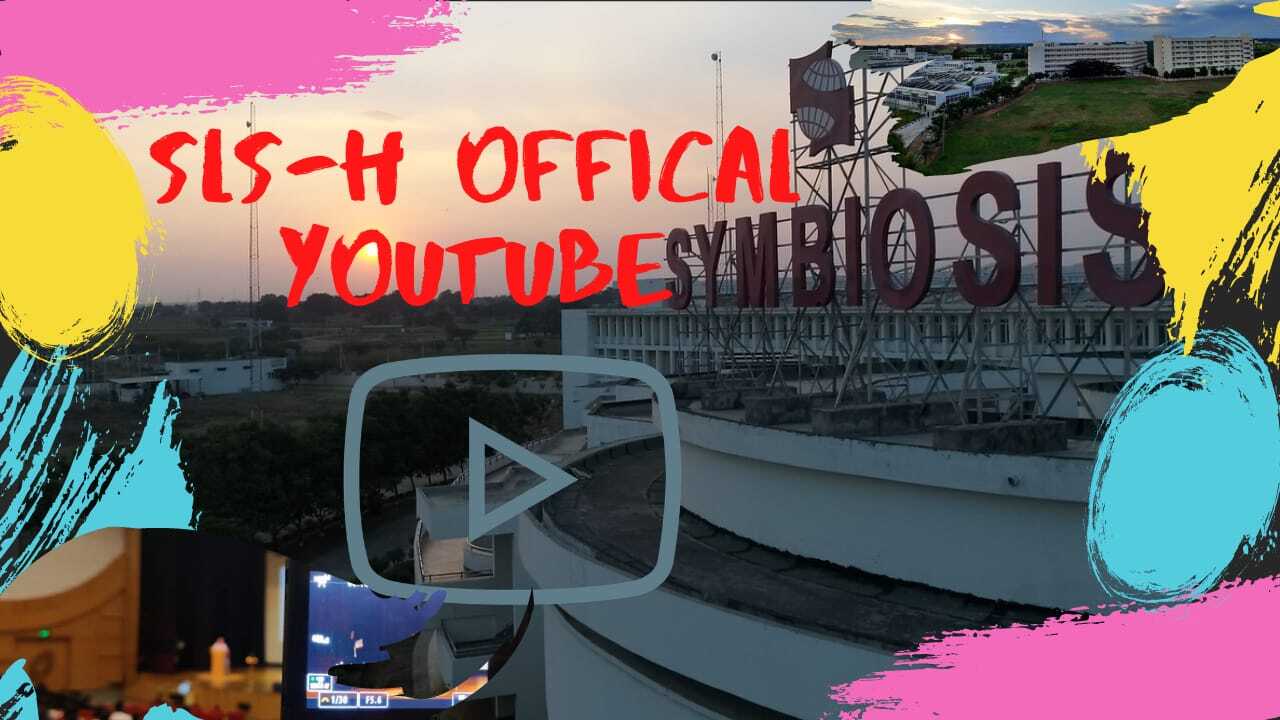
Evolution of Fundamental rights in India
“What are we having this liberty for? We are having this liberty in order to reform our social system, which is full of inequality, discrimination and other things, which conflict with our fundamental rights.”
This one quote by Dr. B.R. Ambedkar, the father of our constitution, reverberates in our minds to remind us the significance and the role played by fundamental rights in ensuring the progression of individuals. These fundamental rights have evolved from the theory of Natural Law which describes them as basic, inalienable, human rights.
Understanding the raison d’être
When the constitution was being made, our draftsmen had to envisage the changing times and predict the process of adapting our country by creating space for the rights of citizens which can serve their needs. To make this possible, the Drafting committee headed by Dr. B.R. Ambedkar and the Fundamental rights sub-committee headed by J.B. Kripalani undertook the strenuous task of assessing the needs of Indian citizens considering the rough times during partition. The English Bill of Rights (1689), the French Declaration of Rights of Man (1789), the United States’ Bill of Rights (1791), from which the significant part was derived, and the Universal Declaration of Human Rights (1948) were taken into consideration for reference.
These rights were incorporated in Part-III of our constitution, described as the Magna Carta of India.[1] These rights also impose a negative obligation on the State to not encroach upon individual liberty. The declaration of Fundamental Rights in the Constitution thus serves the purpose of reminding the Government in power to respect those rights and limiting the range of activity of the State in appropriate directions.[2] These rights help in establishing a “government of law and not of man”, i.e. a governmental system where the political leaders cannot suppress citizen’s rights and liberties. The judicial innovation of basic structure doctrine protects these rights from any unreasonable interference by the legislature.
Evolution through the cases
The scope and application of these rights has been interpreted by the apex court in numerous judgements which are considered landmark. These judgments include the cases of Golaknath State of Punjab[3], Kesavananda Bharati v. State of Kerala[4], Indira Gandhi vs. Raj Narain[5], Maneka Gandhi vs. Union of India[6], SR Bommai v. Union of India[7] and many others. These judgements have allowed us to understand various facets of application of fundamental rights. The text of these rights is concise yet circumscribing and has the ability to imply and recognise wide range of novel rights. For example, Article 21 (right to life and personal liberty) implies various substantive rights like right to sleep, right to healthy environment, right to health, right to privacy, right to education, right to speedy trial, right against unlawful detention etc, without any explicit mentioning. In Sayeed Maqsood Ali’s case, Justice Dipak Misra observed that “Every citizen is entitled under Article 21 of the Constitution to live in a decent environment and has the right to sleep peacefully at night”[8]. The apex court in ESC Ltd v. Subhash Chandra Bose[9] also held that the right to health is integral to right to life and the government has a constitutional obligation to provide health facilities. Likewise, the rights seem to evolve with the changing times whenever the courts are faced with a new issue. The rights are considered flexible enough to accommodate new provisions but are also prone to criticisms and attract a long duration of time to discuss and interpret their range.
Challenges and criticisms
Interpreting these rights is considered onerous as they are stated in a vague and indefinite manner using complicated language disabling the common man to understand their implication. These rights are also subjected to innumerable exceptions and qualifications which further contribute to the complexity and harden the process of enjoying these rights. The issue of having no provision for social and economic rights is the most debated as the right to social security, right to work, right to employment etc, are seen as foreign subjects where many other advanced countries like Germany, Brazil, Australia, China etc, provide for these rights. These rights are not immutable and the parliament can amend the provisions given the support of the majority but there is a risk of parliament exercising arbitrary power. Only the act of obliging to the basic structure doctrine can prevent this risk. The suspension of these rights during emergency (except Articles 20 and 21) questions the democratic principles and poses a threat to the rightful exercise of these fundamental provisions. In case of violation of these rights, the entire judicial process to secure the rights is perceived as an expensive and delayed remedy. The slow and lethargic evolution of these rights is muting various novel causes seeking recognition. And this, in turn, is jeopardising the individuals’ needs and interests.
Still, the fundamental rights have proven to be of greater importance and have managed to contribute to the socio-political development of our country occupying a distinct place in our constitutional framework.
[1]V.G. Ramchandran, Fundamental Rights and Constitutional Remedies Vol.1, 1964, p. 1.
[2]Dr. M.P. Sharma, Government of the Indian Republic, 1965, p. 41.
[3]Golaknath v. State of Punjab 1967 SCR (2) 762
[4]Kesavananda Bharati v. State of Kerala (1973) 4 SCC 225
[5]Indira Gandhi vs. Raj Narain 1975 AIR 865
[6]Maneka Gandhi vs. Union of India 1978 AIR 597
[7]SR Bommai v. Union of India AIR 1994 SC 1918
[8]Sayeed Maqsood Ali vs State of M.P. AIR 2001 MP 220
[9]ESC Ltd v. Subhash Chandra Bose (1992) 1 SCC 441
REFERENCES
⦁ http://14.139.60.114:8080/jspui/bitstream/123456789/713/6/The%20Supreme%20Court%20and%20Fundamental%20Rights.pdf
⦁ Das, Dr. Saumendra and Saibabu, N., Indian Constitution: An Analysis of the Fundamental Rights and the Directive Principles (2014). ARS – Journal of Applied Research and Social Sciences, Vol.1, Issue.17, December 2014, ISSN 2350-1472, Available at SSRN: https://ssrn.com/abstract=2592382
Submitted by
Abhigna
2nd Year

